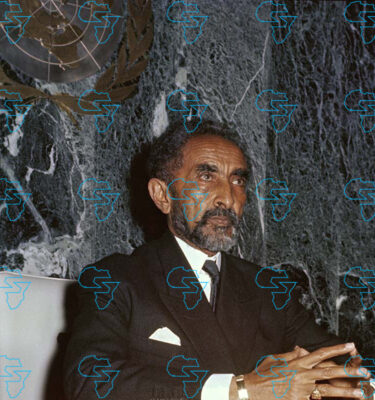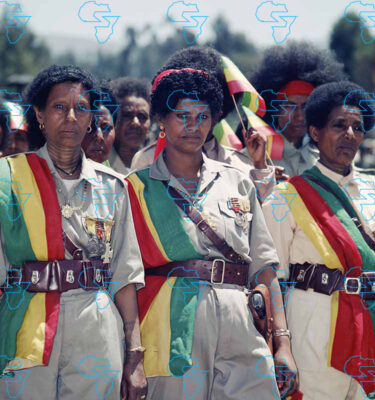
The recent recognition of Somaliland as a sovereign state by Israel has shifted the diplomatic landscape of the Horn of Africa. What was long treated as a frozen question—acknowledged privately but avoided publicly—has now entered a new phase. Recognition, once hypothetical, is demonstrably possible. For Ethiopia, Somaliland’s most consequential neighbor and partner, this moment demands neither impulsive alignment nor rigid resistance. Instead, it calls for strategic ambiguity: a carefully calibrated posture that advances Ethiopia’s interests, absorbs external pressure, and prepares the ground for eventual recognition on Ethiopia’s own terms.
Ethiopia has more at stake in Somaliland than almost any other country. As Africa’s second most populous nation and a landlocked economy with regional ambitions, its security, trade routes, and geopolitical autonomy are tightly bound to access to the Red Sea and Gulf of Aden. Somaliland—stable, cooperative, and strategically located—has already become valuable to the country in practice. Trade corridors, port access, security coordination, and political dialogue have moved far beyond symbolism. In all but name, Ethiopia already treats Somaliland as a distinct political entity. Yet formal recognition is a different matter. It is not simply a legal declaration; it is a geopolitical act with cascading consequences. Israel’s recognition of Somaliland will intensify pressure on Ethiopia—from allies urging restraint, from rivals seeking leverage, and from multilateral institutions wary of precedent. In this context, strategic ambiguity is not avoidance; it is disciplined statecraft.
Strategic ambiguity allows Ethiopia to separate function from form. Like the U.S. and UAE it can continue to deepen substantive relations with Somaliland in the spheres of economic integration, infrastructure investment, port usage, and security cooperation without crossing the diplomatic red line that would trigger immediate backlash. This approach enables it to benefit from Somaliland’s stability and alignment while avoiding the costs of premature recognition at a moment when regional and global conditions remain unsettled. The risks of haste are real. Somalia’s federal government would almost certainly respond with diplomatic escalation, legal challenges, and appeals to international bodies. The African Union, constrained by its long-standing commitment to colonial borders, would be forced into an uncomfortable and potentially divisive debate. External powers with political, military, or economic interests in Somalia could apply pressure on Ethiopia through aid, trade, or diplomatic isolation. For a nation still navigating post-conflict recovery and economic reform, absorbing all of this at once would be strategically unwise.
But ambiguity must be paired with preparation. If Ethiopia intends, eventually, to recognize Somaliland—and all evidence suggests that this is where strategic logic points—it must build the capacity to withstand the pressure that recognition will bring. To begin with, it is imperative that it anchors its Somaliland policy in a clear national narrative. Recognition should be framed as a pragmatic response to an exceptional historical and political reality, not as an act of destabilization or secessionism. Somaliland’s voluntary union in 1960, its unilateral withdrawal in 1991, and its three decades of self-governance distinguish it fundamentally from other separatist claims in Africa. Ethiopia must articulate this distinction consistently, at home and abroad, to blunt accusations of setting a dangerous precedent. This should be complimented with measures aimed at expanding and diversify its diplomatic partnerships. Strategic autonomy is the best defense against coercion. Strengthening ties with a wider range of global and regional actors, particularly those less invested in Somalia’s internal politics, can reduce its vulnerability to coordinated pressure. Economic diversification, alternative financing sources, and South–South cooperation will all matter when recognition becomes a point of contention.
It is also of the essence for Ethiopia to manage expectations—especially with Somaliland itself. Strategic ambiguity should be transparent in intent if not in timing. Somaliland’s leaders and citizens need assurance that Ethiopia’s engagement is not opportunistic, but rooted in a long-term strategic convergence. Trust built through consistency will ensure that when recognition comes, it is seen not as a sudden gamble, but as the culmination of an established reality.
All this cannot bear fruit though without consolidating internal stability and economic resilience. External pressure is most effective when it exploits domestic fractures. Political cohesion, inclusive governance, and steady economic growth are not just internal goals; they are foreign policy assets. A confident Ethiopia, secure in its internal legitimacy, will be far better positioned to defend a sovereign foreign policy decision.
Israel’s recognition of Somaliland has narrowed Ethiopia’s room for passive neutrality. But it has not eliminated its freedom of choice. The path forward lies in careful balancing. Adopting strategic ambiguity while deepening cooperation, strengthening resilience, and shaping the narrative can ensure that when Ethiopia does recognize Somaliland, it will do so from a position of strength, legitimacy, and regional leadership. In geopolitics, patience backed by preparation is often the most decisive move of all.
.
.
.
#Strategic #Ambiguity #Ethiopias #Calculated #Path #Somaliland #Recognition
Source link











